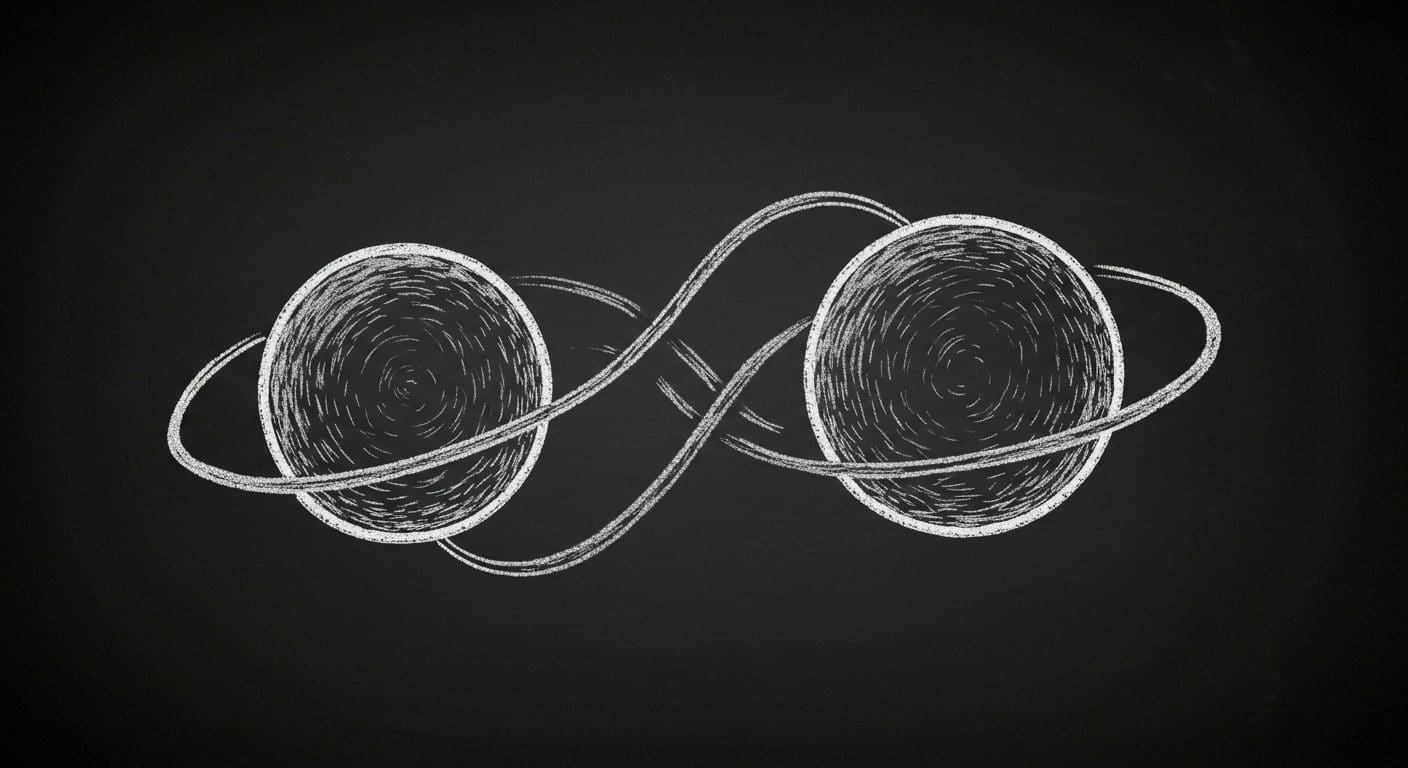Quantum computing extends beyond numerical calculation and now enters the realm of artistic expression, as demonstrated by research into representing and manipulating colour using quantum bits. Guosheng Hu explores this exciting intersection, proposing a new technical pathway for colour computing within a quantum environment. This work demonstrates how digital colour can be represented, processed, and ultimately recreated using quantum operations, effectively bridging classical chromatics and quantum graphics. The research proves the practicality of this approach through programming experiments and opens possibilities for innovative information visualisation, image processing, and potentially, entirely new artistic concepts and colour theories.
In a quantum computing environment, digital colour is represented, operated upon, and measured using quantum bits, or qubits, before results are restored for classical computers. This method proves practicable as an artistic technique for colour qubit representation and quantum computing through programming experiments. By connecting classical chromatics and quantum graphics, quantum computers can potentially tackle information visualisation, image processing, and other colour computing tasks, and may facilitate new colour theories and artistic concepts.
Quantum Encoding of Color Image Data
This research explores the potential of quantum computing for representing and processing colour images. It investigates how quantum principles like superposition and entanglement can create novel approaches to image manipulation and artistic creation. The core idea is to represent and manipulate colour images using qubits, potentially achieving efficiencies and creative possibilities beyond classical computing. The research team explores methods of encoding image data into qubits, including representing pixel positions and colour values, building upon existing quantum image representations. They utilise the Bloch sphere as a visual tool to understand single-qubit operations and their application to colour information.
Superposition and entanglement are central to the proposed methods, allowing for the simultaneous representation of multiple colours and the creation of complex relationships between pixels. The team investigates how quantum operations can manipulate pixel positions and colour values, potentially leading to novel image processing effects and artistic applications. Quantum computing could offer significant speedups in image processing, especially as the number of qubits increases. Quantum operations can create image effects difficult or impossible to achieve with classical methods, opening new avenues for artistic expression and experimentation.
The technology may also model and explore synesthetic experiences, linking senses like colour and sound. Current limitations include the limited number of available qubits and the challenge of maintaining qubit coherence. Future research should focus on developing efficient quantum algorithms and exploring new colour systems beyond traditional RGB models. This work presents a vision for the future of colour image processing, where quantum computing unlocks new possibilities for both technical efficiency and artistic creativity.
Quantum Color Computation with Superposition States
Researchers are pioneering a new approach to colour computing by harnessing the principles of quantum mechanics, potentially revolutionising fields from information visualisation to artistic creation. This work demonstrates the feasibility of representing, manipulating, and measuring digital colour using quantum bits, or qubits, and restoring the results for use in classical computers. By connecting classical chromatics and quantum graphics, scientists envision quantum computers tackling complex image processing and colour computing tasks currently challenging for conventional systems. The core innovation lies in representing colour as qubit states, leveraging the qubit’s ability to exist in a superposition of states, a combination of possibilities, rather than the definite values of classical bits.
This allows for a greater information capacity within the same number of bits, as each qubit embodies a probabilistic combination of states. Experiments validate this approach, demonstrating that quantum computing can perform artistic operations such as colour channel editing and entanglement of colour and data, opening possibilities for novel artistic concepts and techniques. The team successfully implemented quantum computing programs for image processing, confirming the practical application of this method. The team highlights the connection between the Bloch sphere, a geometric representation of qubit states, and established colour spaces, enabling a direct mapping between quantum and classical colour representations.
While current colour display technology relies on digital colour in classical computing, this work establishes a pathway for merging the strengths of both approaches, unlocking new potential in areas like image encryption and information security. This project facilitates collaboration between graphic processing, quantum computing, and digital art, paving the way for future advancements in both technology and artistic expression. Although quantum computing technology is still maturing, this research demonstrates its potential to address limitations in classical colour computing and inspire new creative possibilities.
Quantum Colour Computing Feasibility Demonstrated
This research demonstrates a new approach to representing and manipulating colour information using the principles of quantum computing. By encoding colour as quantum bits, or qubits, the team successfully explored colour channel processing and image generation within a quantum environment. This method, tested through programming experiments, establishes a bridge between classical colour theory and quantum graphics, potentially enabling new techniques for information visualisation and image processing. The findings suggest that quantum computers offer a viable platform for colour computing, opening possibilities for both artistic expression and technological advancement.
While the current work proves the feasibility of this approach, the authors acknowledge limitations in scaling the method to handle complex images and real-world applications. Future research should focus on optimising the quantum algorithms and exploring the potential for developing entirely new colour theories and artistic concepts informed by quantum principles. This work represents an early step, but it establishes a promising direction for integrating quantum computing with the field of colour science and digital art.

